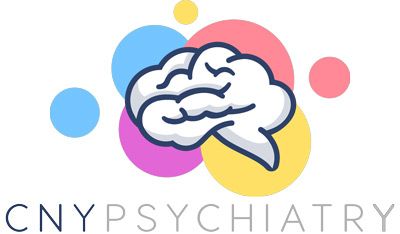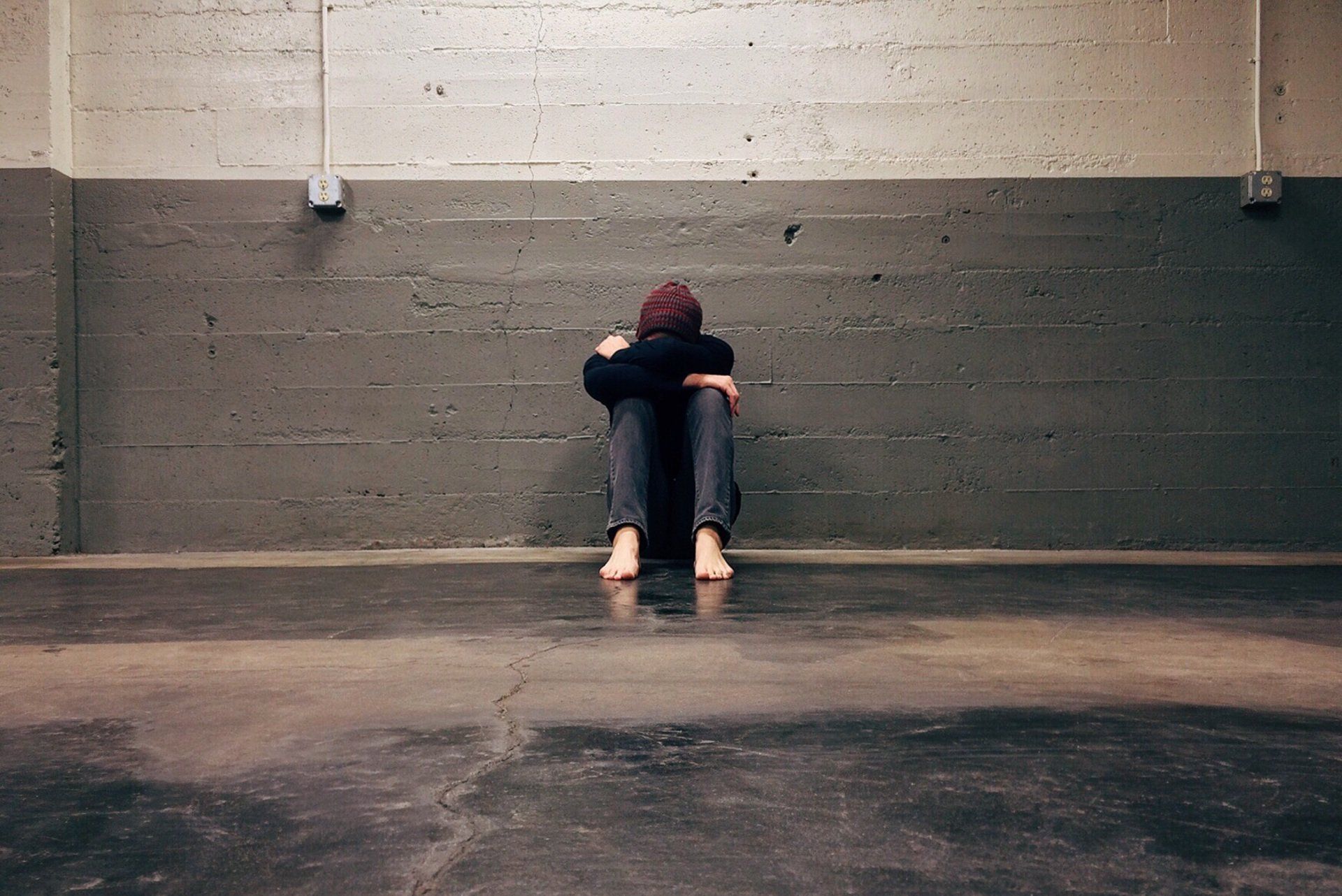Simple Seasonal Affective Disorder Therapy You Should Try
Jason Stepkovitch • October 5, 2020

Central New York is truly one of the most beautiful places on the planet. We have a wealth of lakes and rivers, forests, beautiful farmland, gorges, temperate summers, and plenty of snowy landscapes in the winter. What Syracuse and Central New York also possess are clouds, and… winter darkness. Syracuse ranks 8th from the bottom in the entire US in terms of possible sunshine. We just don’t get enough sunlight, particularly from November through March.

Photo By https://www.pexels.com/@digitech
If you tend to feel sluggish in our Upstate winters, you may be suffering from seasonal affective disorder (SAD). Studies have shown that up to 9 percent of Alaskans and 15 percent of Canadians struggle with the “winter blues”. SAD is defined by at least 2 years of experiencing a major depressive episode during a specific season, almost exclusively winter in our climate. Symptoms of depression, beyond feeling down nearly every day for more than 2 consecutive weeks, include difficulties with concentration, having low energy, changes in appetite, problems with sleep, feelings of hopelessness or worthless, and, in severe cases, thoughts of suicide. Those suffering from SAD usually struggle with oversleeping and overeating, sometimes including carbohydrate cravings. This is not always the case in other forms of depression, in which individuals can struggle with insomnia or loss of appetite.
What Can I Do If I Struggle with Depression in the Winter?
-
Get your vitamin D level checked, either by your primary care physician or your psychiatrist. Vitamin D can be obtained through fortified milk products, certain fish, such as salmon, mackerel, and tuna, egg yolks, and beef liver. Vitamin D can be naturally produced through exposure to sunlight, which is why in northern climates we tend to see more vitamin D deficiencies. Vitamin D is implicated in both the synthesis of serotonin but also appears to increase levels of serotonin in the central nervous system. There is such a thing as vitamin D toxicity, so don’t just take voluminous amounts of vitamin D without consulting with your physician. Also, don’t hit the tanning salons to stimulate your natural production of vitamin D. Having a normal vitamin D level but getting melanoma along with your glistening tan isn’t the answer.
-
Ensure that your daily habits aren’t making things worse. Eating well, exercising daily, structuring your sleep cycle as much as possible , etc are all very important, particularly if you already don’t feel good. If you do exercise regularly, don’t exercise at night before going to bed, as you don’t want to disrupt your circadian rhythm.
There’s evidence that melatonin levels increase during the winter months as the days become shorter. If you are accustomed to taking melatonin for sleep, be aware that your body’s endogenous secretion of this hormone which regulates circadian rhythm has changed for the winter, and you may not need as much, or any.
-
Consider medications or psychotherapy. Both have proven efficacy for seasonal affective disorder.
-
Consider full spectrum light therapy. Numerous studies dating as far back as the 1980’s have shown the benefits of supplemental light therapy for the treatment of SAD. Therapeutic lights are between 2,500 and 10,000 lux, meaning that they are significantly brighter than normal lamps meant to mimic the sun’s rays while still filtering out the harmful uv rays that cause skin cancer. Most lamps sold as SAD lamps are 10,000 lux. Current guidelines recommend utilizing these lamps in the morning for 20 to 60 minutes. Using a less powerful light can still be helpful but will require a longer time of exposure to receive the same benefit. I recommend starting the use of these lamps in late October and continuing through March for those who have suffered from SAD in the past and are looking to prevent relapse. For those in the middle of an episode, 1 to 2 weeks of full spectrum light therapy should be enough time to begin to experience improvement if the depression is related to a deficiency of sunlight.
Light therapy is safe but does have the potential for side effects, which can include headache, irritability, and, rarely, manic symptoms. You also want to be careful that any medications you are taking aren’t photosensitizing, from which prolonged exposure to bright light can cause a skin reaction, such as a rash or itching.
-
Explore a winter hobby if you don’t already have one. As the saying goes, “if you can’t beat’em, join’em.” Maybe downhill skiing or snowboarding seems a bit daunting to learn, but there are a wealth of other activities that can get you moving and outside in the winter months of Syracuse. It’s far too easy to see winter as a time to settle in and merely wait for spring to arrive. That may be a path of least resistance, but likely increases the risk of developing mood symptoms. Stay active. If you really hate the cold, at least find an inside activity that will be stimulating.
If you are at high risk for seasonal affective disorder, plan ahead. This includes proactively talking with your psychiatrist, therapist, or primary care physician about what options mentioned above would make the most sense for you. I hope this will be a winter of enjoyment for you, and not one that you merely muddle through!






